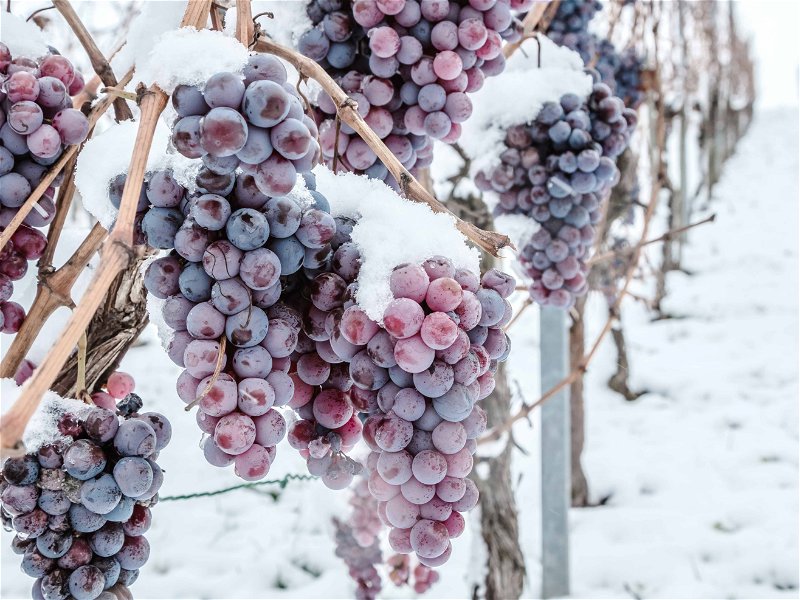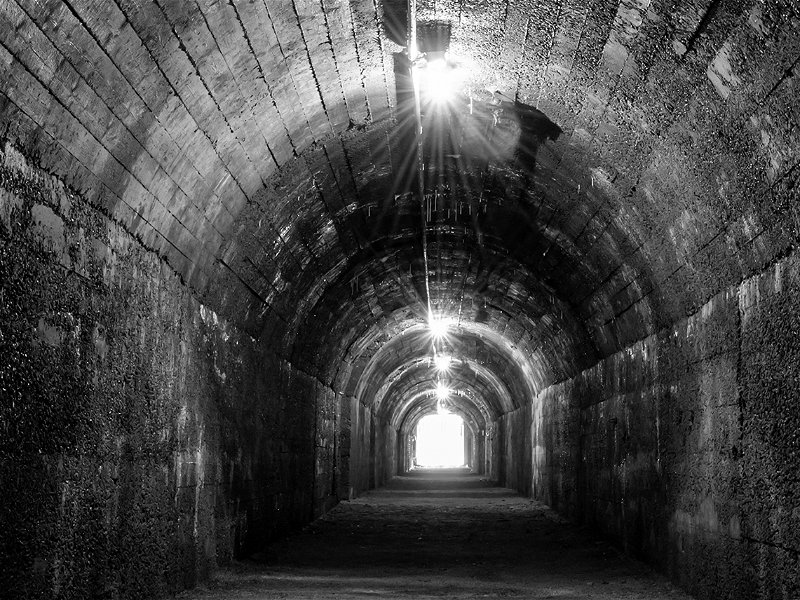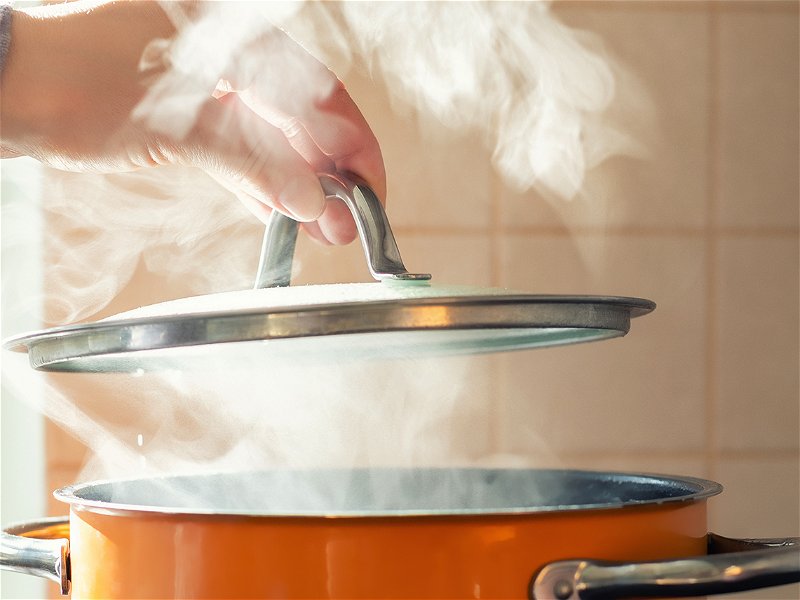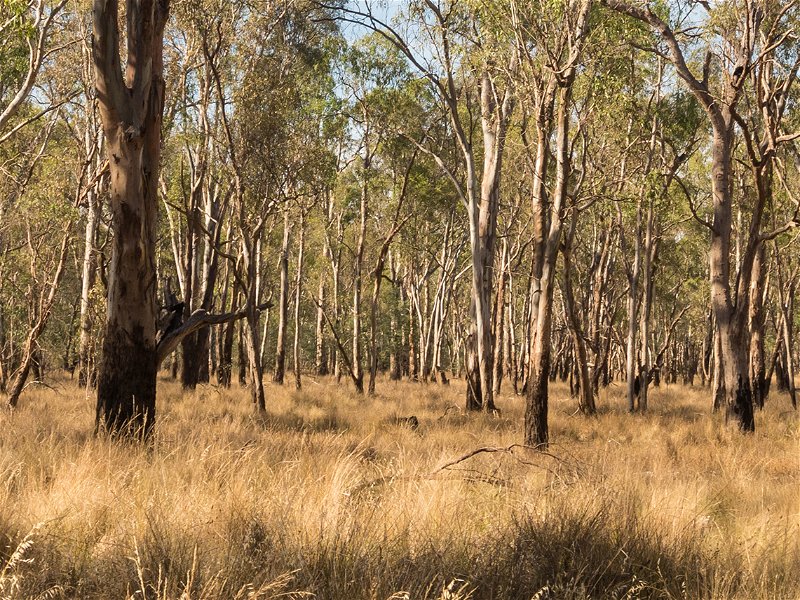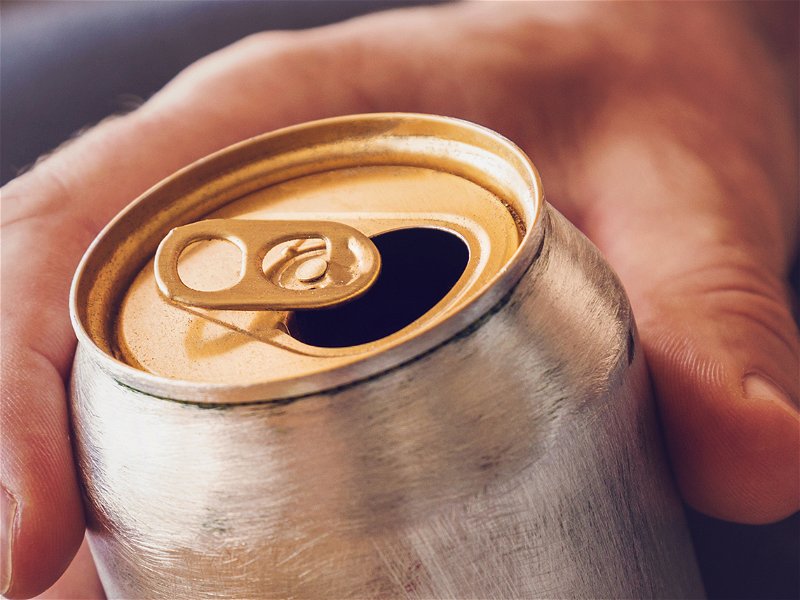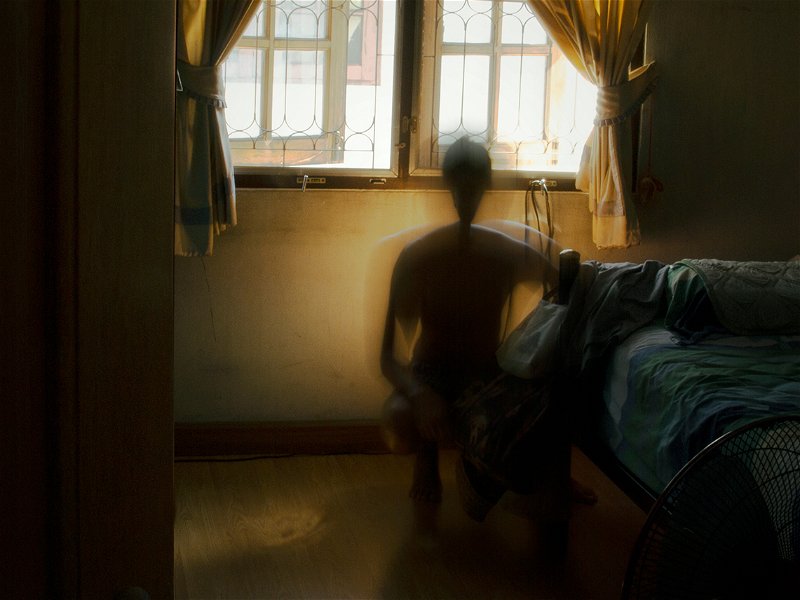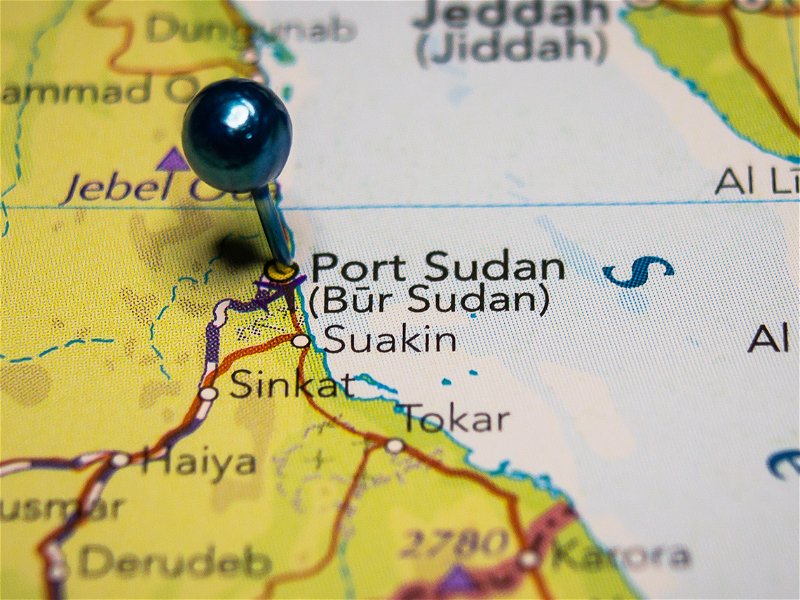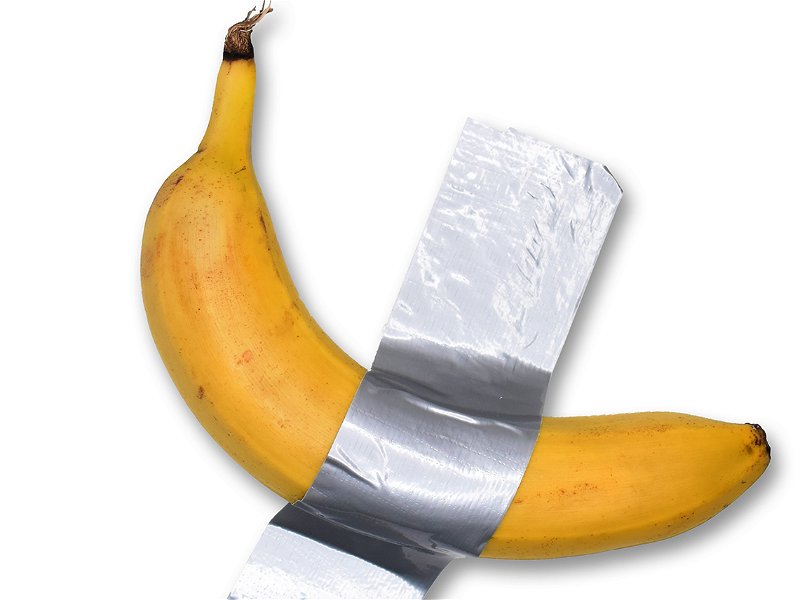Winegrowing Regions of the Future
Global warming is reshuffling the cards of the wine world. While established wine regions are increasingly being put under pressure, this development is playing into the hands of other regions.
Extreme weather, frost, hail and rising temperatures have made climate change increasingly noticeable, especially in the last decade. According to a study published last year by Spanish and Canadian scientists, at least half of all winegrowing areas worldwide are threatened. According to the study, a temperature increase of two degrees Celsius would reduce the number of zones suitable for viticulture by 56%, and an increase of four degrees by as much as 85%.
A dramatic scenario, which, according to the scientists, could be mitigated by winegrowers making a radical change in the varieties cultivated. As an example, for Burgundy they propose the cultivation of heat-loving Grenache instead of Pinot Noir, and for Bordeaux, Mourvèdre instead of Cabernet Sauvignon. These would be deep interventions in the winegrowing traditions of regions that have built their reputations over generations, like a brand, with certain grape varieties.
Regions where temperatures are lower, such as New Zealand or the Pacific Northwest of the US, as well as Germany, Switzerland and Austria, would survive the increase in average temperature by two degrees Celsius relatively unscathed. Moreover, they may actually benefit from global warming, especially where current temperatures make some varieties marginal or difficult to ripen in cooler years.
However, with increasing hours of sunshine and associated higher temperatures, the sugar content of the grapes increases and with it the alcohol content of the wine. A fact that, in many established regions, is already causing winegrowers to move to higher altitudes or to specifically plant north-facing sites in order to avoid overly alcoholic, ponderous wines from classic varieties. These sites are ones where viticulture used to be unthinkable due to the cool temperatures.

Wine Time
However, viticulture in times of climate change is not only about vineyard sites that were previously considered suboptimal for vines, it now covers entire regions or countries that are becoming winegrowing regions in the wake of climate change and the associated increase in temperature.
England, for example. Thirty years ago, if one had claimed that England would become a sparkling wine stronghold, the British would probably have just smiled wearily and sipped their tea. But today, predominantly in the South East, there is a flourishing sparkling wine industry above the 50th parallel, which was long considered the border for quality winegrowing.
Even their trans-Channel neighbours from Champagne have been investing in England for some years now, perceiving a future equal to that of their own growing conditions before the recent climate change. "There are many differences, but also crucial similarities like the chalk soils, which are very similar. Just like the weather." reported Clovis Taittinger, export manager of Taittinger champagne house in a Falstaff interview back in 2017, shortly after Taittinger became the first ever Champagne producer to actively invest in England, planting around 30 hectares of Chardonnay, Pinot Noir and Pinot Meunier in Kent. The first sparkling wines from their new domaine, which is about an hour away from London, are due to be launched in 2024.

England, however, is by no means the only country to benefit from global warming in terms of viticulture. In the far north of Scandinavia there are now vineyards, often planted with cold-resistant hybrid varieties, but classic varieties also feel quite at home in Scandinavia, as the example of German winemaking legend Klaus Peter Keller shows. Keller planted Riesling in Norway in 2008, in Kristiansand, at no less than 58 degrees latitude.
At the time, researchers at Geisenheim University of Viticulture predicted that the earliest harvest would be in 2050. This proved to be wildly inaccurate because Keller harvested the first ripe Riesling grapes in 2015, just 8 years after planting the vines, thanks to the sun's reflection off the fjord, which is within sight, and despite the shortened ripening phase in contrast to classic winegrowing regions.
Of course, Keller was not the first to devote himself to wine production in Norway. Norwegians began cultivating vines some twenty years ago – albeit only as a hobby. With global warming and the growing appreciation of local wines, however, viticulture has now gained a commercial foothold in Norway.
A Fresh Breeze
While Norway's wine culture is still in its infancy, the first evidence of viticulture in the Netherlands dates back to Roman times. Modern viticulture, however, is a relatively recent but rapidly developing culture within the kingdom. Wine has never been alien to the Dutch because of their strong historical connection to South Africa.
However, with the advance of global warming and EU subsidies, wine production here has experienced a quantum leap. In 1997, the country had only seven wineries, less than a decade later there were already 40, and today there is at least one vineyard in every Dutch province, and the quality of the wines is steadily increasing.
Silvia Nowak, who used to publish the wine guide SuperSchoppenShopper under the pseudonym Cordula Eich, has fulfilled her dream of owning a vineyard in the Netherlands. In the Flevoland region, she cultivates half a hectare of fungus-resistant varieties on the former Demeter farm of her husband Willem. Varieties that are resistant to the classic fungal diseases that occur in viticulture are critical in humid climates, as these fungi can severely decimate the harvest, as was the case last year in Switzerland and Champagne.
Nowak's winery is called Min Zeven, which refers to the estate's cellar, which is seven metres below sea level. The winemaker believes in the potential of the region, especially for sparkling wines, which is what she is currently focusing on. A focus that makes sense, because while perfectly ripe, sun-kissed grapes are needed for a high-quality red wines, this is not the case with sparkling wines, which thrive on their freshness and acidity.

A little further north, on the popular island of Sylt, when the state of Schleswig-Holstein advertised cultivation rights for ten hectares, Rheingau winegrower Stefan Ress jumped at the chance and applied with a concrete winegrowing project in 2009.
After winning the bid for about 3,000sqm of land in Keitum on the 55th parallel, he planted Solaris vines. The first harvest took place in the very hot summer of 2013 and one year later the first Sylt wine called Söl'ring came onto the market. However, for the past two years, Ress, like Nowak, has been focusing on sparkling wine production and produces Söl'ring sparkling wine at one of the northern most locations in Germany.
The Solaris grape variety is another fungus-resistant variety and it also plays an important role in viticulture in Poland. Yes, wine is also produced in Poland today...again! Poland already had a vineyard area of around 1,700 hectares and a flourishing wine culture around 1800. After the Second World War under Soviet rule, the vineyards were liquidated and it was not until the beginning of the 1980s that planting took place again.
After 2000, a new boom began and by 2017 Poland had 433 vineyards spread over almost all the country, right the way to the Baltic Sea. Here, too, climate change plays a decisive role, because greater warmth makes land more suitable for viticulture. This is also the case in other European countries not mentioned so far: for example in Belgium, Denmark, Sweden and even Ireland.
Colossus China
Although China is one of the oldest wine-growing countries in the world, wine has historically not played a significant role in the Far East. This has changed dramatically in recent decades, as the Chinese have become increasingly interested in wine as a luxury item, furthermore, the country has developed into one of the world's most important export markets.
Currently, about 875,000 hectares are planted with vines in China, which puts it in third place worldwide in terms of viticultural vineyard area, just behind France. Here there are additional challenges as the northern regions of the country can get very cold indeed in winter.

Much more important for the development of Chinese viticulture, however, was the adaptation of modern Western viticultural technologies and investments by big players such as Rémy Martin, Pernod Ricard, LVMH and Rothschild. The stylistic orientation is correspondingly clear, with the country's top wines clearly taking their cue from Bordeaux.
This is a successful strategy, which has recently become apparent time and again in blind tastings, where Chinese growths, for example from the Changyu Moser winery, outshone established top producers from Bordeaux or Napa Valley. Where this will lead remains to be seen, because Chinese wines are still mainly enjoyed in their own country and cover only a fraction of the wine demand of the Chinese, who are still thirsty for wines from abroad. However, if the scenario of the study mentioned at the beginning comes true, the cards will be reshuffled – worldwide.

